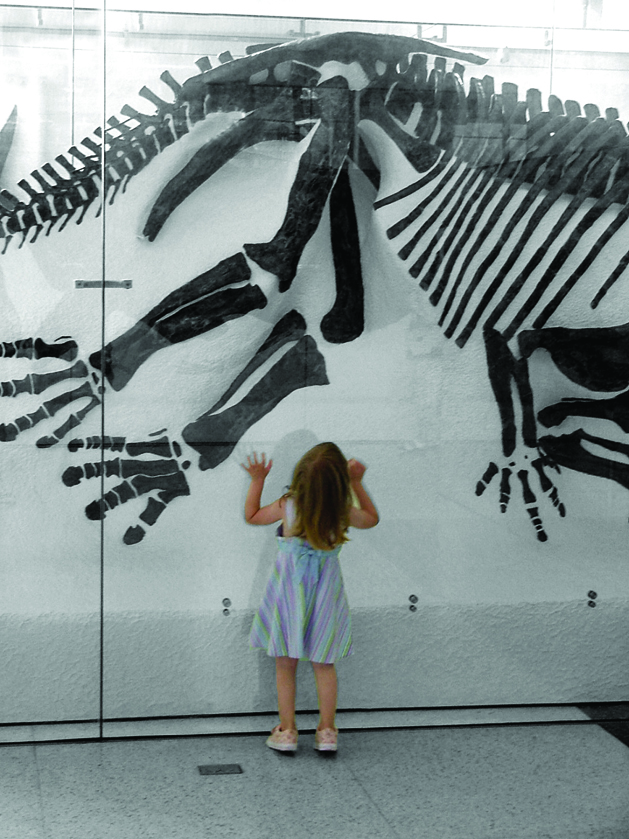Science news is frequently driven by publications in the major peer-reviewed scientific journals. So for journalists covering science, health and related fields, getting access to research ahead of time is crucial.
Staying in close contact with key scientists and press officers and asking regularly about forthcoming research is a great way to find out what is coming up. However, we appreciate that this approach can be time-consuming and sometimes uneven. Here, the SMC can help.
Scimex: To help busy journalists, the SMC created Scimex, a website which provides journalists with access to the latest embargoed and breaking research from NZ and overseas. We curate the best research from sources around the world, including those below.
Register for access at scimex.org.

Many research journals provide free, early access to scientific papers to journalists under embargo. You’ll generally be asked by journal publishers to prove your credentials, often with a letter of introduction from your editor. Here are some of the main points of contact:
EurekAlert: An indispensable resource for thousands of journalists worldwide, the EurekAlert portal provides embargoed access to major journals including Science, PLOS ONE, PNAS and Cell Press, as well as press releases from scientific conferences and institutions.
Nature: A prestigious multidisciplinary scientific journal published weekly. Nature has an extensive press portal allowing access to the journal papers, press releases and multimedia resources as well as to related publications such as Nature Geoscience and Nature Genetics.
Royal Society of London: The 360-year-old Royal Society of London publishes numerous journals such as Proceedings B, its respected biological research journal. Registered journalists can gain embargoed access to journal papers and associated resources.
ScienceDirect: Publishing company Elsevier provides registered journalists free online access to over 2,000 of their journals on the ScienceDirect platform.
Medical research: Several journals publish weekly on medical science, including The Lancet, The BMJ and JAMA. Cochrane Reviews publishes systematic reviews of medical treatments and drugs. A major source for local medical research is the New Zealand Medical Journal.
Local research: Royal Society Te Apārangi has a stable of journals covering everything from agriculture and botany to geology and zoology. These can be accessed via publisher Taylor & Francis’ Press Pass feature, which offers registered journalists free online access to all their journals.
MAI Journal is an open access journal that publishes multidisciplinary peer-reviewed articles on Indigenous and Pacific issues.
Government-commissioned research reports are regularly posted to the Ministry of Health Manatū Hauora, Ministry for the Environment Manatū Mō Te Taiao, Ministry for Primary Industries Manatū Ahu Matua and other government sites, usually without prior notification.
You can contact the Science Media Centre any time for help tracking down specific research papers.
Quality of publications may vary
Scientific journals are ranked according to various measures of their impact.
- Prestigious, multidisciplinary journals (Nature, Science, etc.)
- Field-specific journals (e.g. physics, agriculture) with varying degrees of selectivity
- Wide assortment of less well-known journals that may be narrow in scope or unselective
Publication in top journals is incredibly competitive, while more obscure journals may struggle to get enough submissions to fill their pages. Some journals require researchers to pay for publication, while others rely on subscription fees.
When is research ready for primetime?
Rather than just reading the press release, understanding how scientists work may affect how you cover a topic.
Scientists deal with uncertainty all the time because they are pushing the boundaries of what is known. “Breakthroughs” nearly always build on years of incremental progress, with many false starts and dead ends.
Most scientists collect data through observation and experiments to test a hypothesis – a potential explanation. The testing needs to be designed in a way so that the results are objective, to reduce the likelihood of a biased interpretation of the results. See here for more information on different types of scientific evidence.
After analysing their results, scientists will determine whether the new evidence supports their hypothesis and write up preliminary findings. The answer, which may eventually be reported in the form of a scientific paper in a peer-reviewed journal, will add to a growing body of evidence but will rarely be conclusive on its own.
Research in fields such as the social sciences, mathematics and economics may draw on theories and ideas that, while important, cannot be easily tested using experiments and observation.
There is also a growing recognition of different ‘ways of knowing’ such as traditional cultural knowledge and wisdom. In New Zealand, mātauranga Māori – traditional Māori knowledge – plays a key role in the science system.
Mātauranga Māori is a modern term for the combined knowledge of Polynesian ancestors and the experiences of Māori living in the environment of Aotearoa. The term takes many forms, such as language (te reo), education (mātauranga), traditional environmental knowledge (taonga tuku iho, mātauranga o te taiao), traditional knowledge of cultural practice, such as healing and medicines (rongoā), fishing (hī ika) and cultivation (mahinga kai).
Science Learning Hub – Pokapū Akoranga Pūtaiao (2020)
PEER REVIEW & HOW TO READ A PAPER | TYPES OF SCIENTIFIC EVIDENCE | SPOTTING BAD SCIENCE
